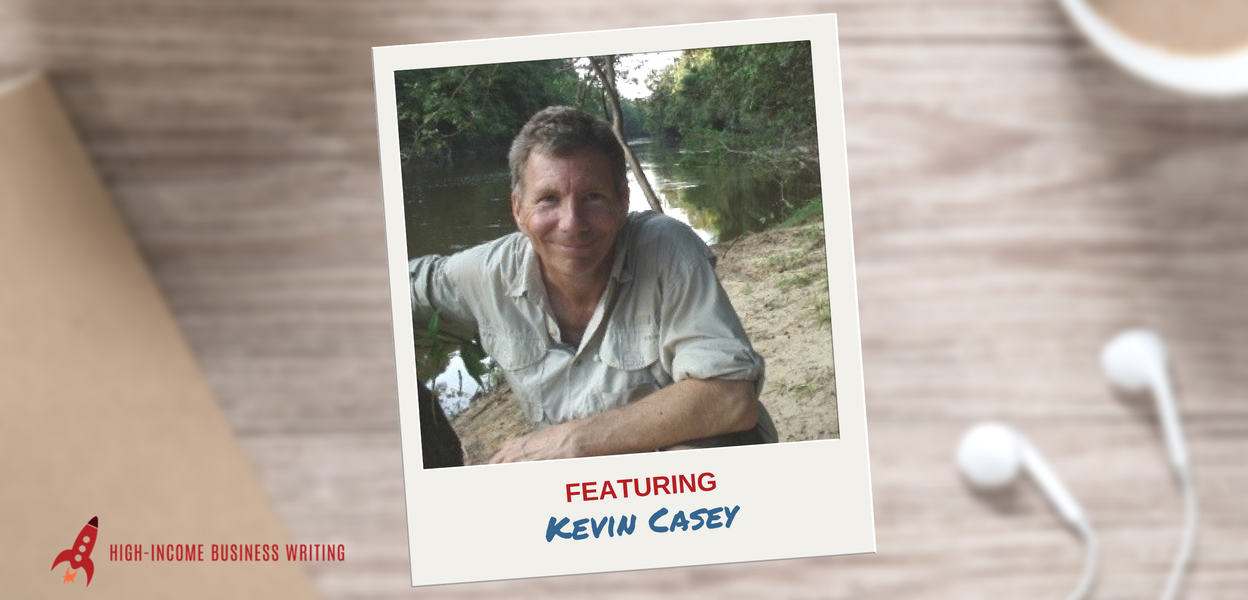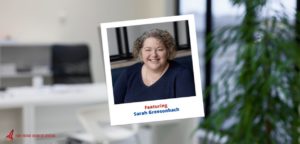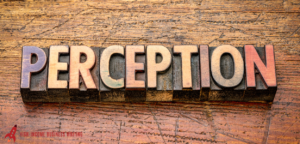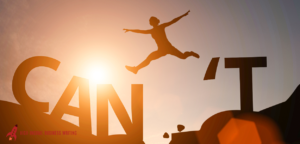Most of us view freelancing as a way to make a living.
It’s a way to pay the bills by doing work we enjoy — and doing it on our own schedule and on our own terms.
And that’s pretty much where it ends.
Nothing wrong with that. But there are some professionals who look at freelancing a little differently.
They see it as means to fund exciting adventures. They choose this work model because it enables them to travel the world and create life-changing experiences.
These folks don’t live to work. They work to live.
My guest this week is a great example of this mindset and approach to freelancing. His name is Kevin Casey. He’s a freelance copywriter based in Australia who travels for four to five months every year. And he uses his freelance income to fund every dollar of these experiences.
Whether or not you enjoy traveling the world, I think you’ll find Kevin’s approach to work and leisure inspiring and thought-provoking.
The notes that follow are a very basic, unedited summary of the show. There’s a lot more detail in the audio version. You can listen to the show using the audio player below. Or you can subscribe to this podcast series in iTunes.


High-Income Business Writing with Ed Gandia
#111: How Kevin Casey Uses His Freelance Income to Travel Five Months a Year
Tell us about yourself
Kevin is based in Brisbane, Australia. He started as a self-publisher of his own books in 1992 and wrote four print books.
By late 2013, he was working in a camping shop and thinking about getting back into writing. He decided to start writing again as a way to fund trips to explore remote rivers around the globe.
What does a typical year look like for you?
No year is typical. Last year at this time, Kevin was in Bolivia tracking mountain lions and jaguars. In October, he spent a week swimming with manta rays on the Great Barrier Reef. In January, he drove around Tasmania for a few weeks. In May, he was in Argentina for five weeks. He recently returned from a trip to Spain, Portugal and Italy.
How much time do you spend traveling each year?
Typically, Kevin works seven to eight months and travels four to five months each year. On some of these trips, he’ll bring his laptop and work while away.
When taking more exotic trips, he leaves his laptop at home.
Describe the kinds of trips you take
Kevin takes three different types of trips:
1. Digital nomad destinations. These are usually inexpensive cities. He’ll get an apartment for a month and work from that location. Examples: Thailand and Prague.
2. Normal vacations. He may or may not work during these. Examples: Spain and Portugal.
3. Hardcore remote river expeditions. Kevin has been doing river expedition trips for at least 25 years. These trips last four to five weeks, and he doesn’t work during them. Examples: Bolivia, Borneo, Africa, Australia and British Columbia, Canada.
Do you plan out your schedule in advance each year? Or do you decide as you go?
His trip schedule is largely determined by his work. If he doesn’t have the work, he doesn’t have the money to take trips. So work sets the schedule.
How do you find your clients?
When he started his business in 2013, he spent some time on content mills and job boards. He quickly realized he couldn’t make a sustainable living that way. So he started pursuing his own clients.
He built a basic website. He joined LinkedIn and sent out some emails to his contacts. It snowballed from there.
After six months of freelancing, he was in a position to turn down work.
At one point, he also tried cold calling. He made 371 calls and landed one client for every 26-27 phone calls. Cold calling isn’t a lot of fun, but it can be effective.
What approach did you use to get those cold calling results?
Kevin chose his targets carefully. He knew for whom he wanted to write and what companies were likely to use his services. Usually, he targeted digital marketing managers.
He used a call script that roughly followed Peter Bowerman’s. He introduced himself and asked the prospect if he/she had time to talk. He described how he could help them.
What have you done to lower your fixed costs so you can put more funds to your travels?
Kevin has paid off his mortgage. He doesn’t use credit cards much and has no credit card debt. His car is paid off. His only expenses are electricity, food and everyday living expenses.
With these low fixed costs, Kevin is able to put about 80 percent of his income to travel.
There’s a common misconception that living overseas is expensive. But that’s not always the case.
Sometimes, it is cheaper to live overseas and work than it is to work from home.
How do you manage to make this work day to day?
Technology has made working overseas much easier than 15 years ago. Kevin travels with a sturdy laptop and WIFI booster. He has a PayPal account and bank account for direct deposits.
He uses Airbnb to book apartments in non-touristy areas. Most of his clients don’t know (and don’t care) that he’s left the country. He communicates with clients by email 95 percent of the time and uses Skype occasionally.
What has worked for you in terms of scheduling?
It’s easy to procrastinate when you combine freelance writing with travel—so you need a plan.
If he has a lot of work, he’ll wake up early to get thing done so he can enjoy his evenings. He sometimes set tight deadlines for himself to get things done early.
If he’s going somewhere awesome and knows he’ll want to get out to see the sights, he may set a later deadline. But he doesn’t always have that luxury.
What has surprised you most in this career?
Kevin was shocked at how much work is out there. You just have to look in the right places. Good clients often struggle to find good copywriters.
How can listeners learn more about you?
Kevin’s website: TheJetsettingCopywriter.com
Kevin’s ebook: The Jet-Setting Copywriter.






